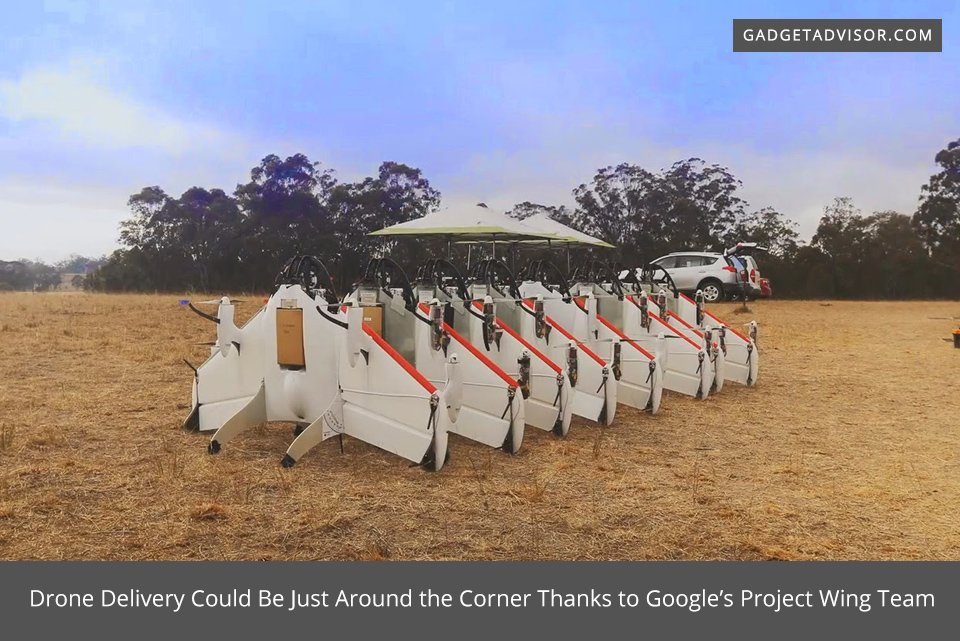Google’s Project Wing is comprised of a dedicated team of experts whose mission is to work on the development of automated aircraft technology. Their immediate interest lies in developing drones that could deliver goods via airspace, and do so autonomously, with little to no human involvement. And they may just be on the verge of a breakthrough – not that you’ll be getting your Amazon order from a droid in the sky tomorrow, but Project Wing is now one step closer to making that happen.
Unmanned Aircraft Systems (UAS), as they are called, are vehicles zooming through airspace without direct piloting and operating out of a mainly automated system. You can imagine the challenges the team faces as it works towards developing automated air delivery technology. Plenty can go wrong. Drones (or UAS) need to avoid other drones out on delivery. They need to navigate around birds and other obstacles like buildings and forests. They also need to be able to recognize hazards like fires, strong winds, hail and tornadoes – without any help from the humans who set them on their mission. Deliver the goods unharmed and get back to base in one piece, that is their mission.
The Federal Aviation Administration (FAA) and National Aeronautics Space Administration (NASA) organized a series of test for Project Wing’s team to put their drones through. The results? Team Wing’s traffic management platforms successfully navigated the UAS through the airspace, effectively avoiding other drones on missions flying in their paths. The drones were set off with pre-recorded paths but, when faced with airborne obstacles, were able to renegotiate that path to fly around the obstruction and get back on track once the path was clear. Granted, these tests were performed in a quiet, unobstructed airspace (with only other drones to contend with), but it’s a huge step in understanding how automated flying drones respond to blockages. By all accounts, the Wing’s team drones exceeded expectations.
The next step is to test the drones in trickier settings – spaces where other drones and additional obstacles are present. We may not see active independent drones carrying packages and messages in the near future, but this achievement is definitely a step in the right direction. Before any automated drone delivery can be scheduled, Team Wing needs to make sure that the deliveries can be made safely for everyone, especially in densely crowded areas with a lot of air space interference.

